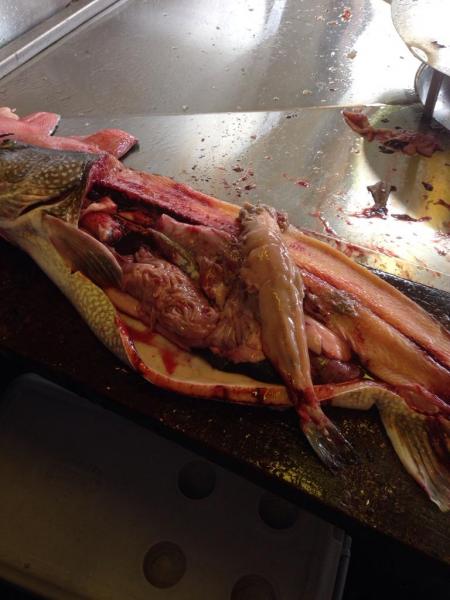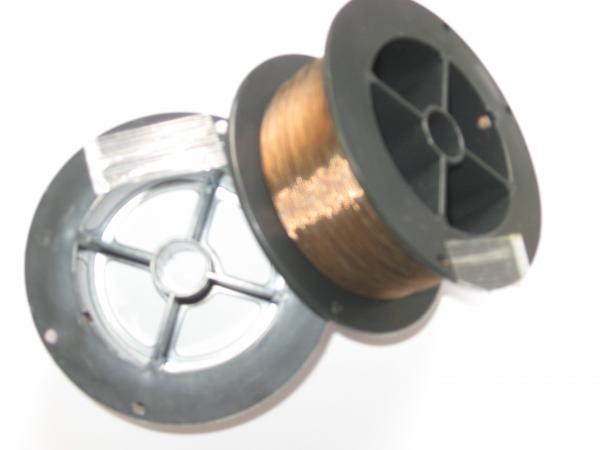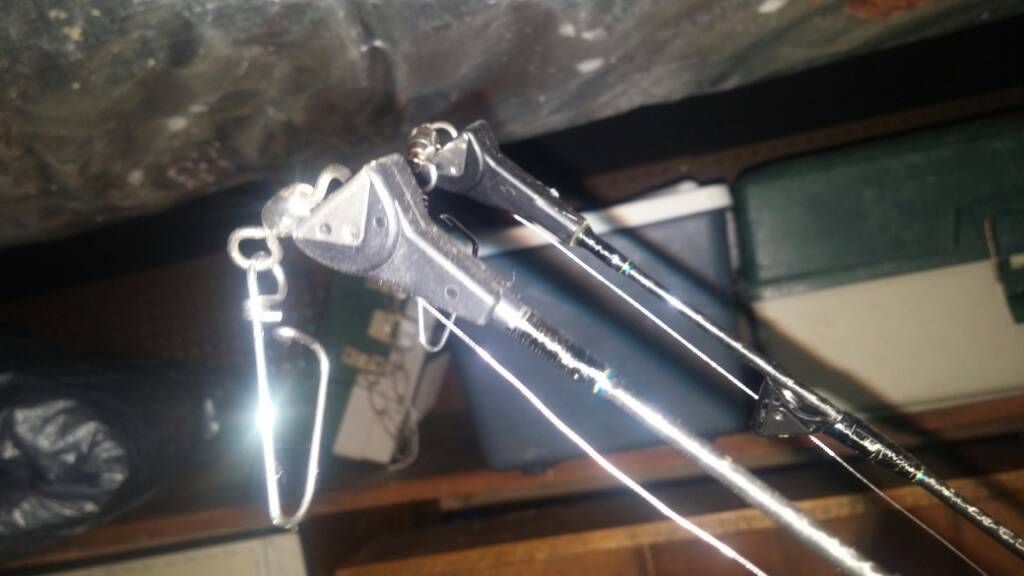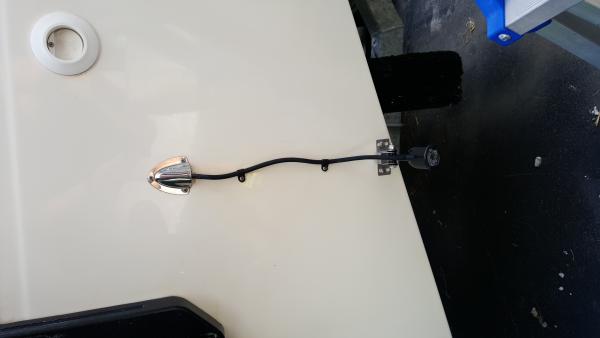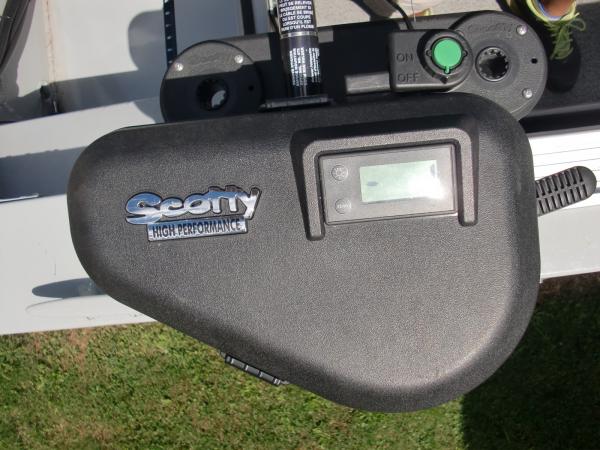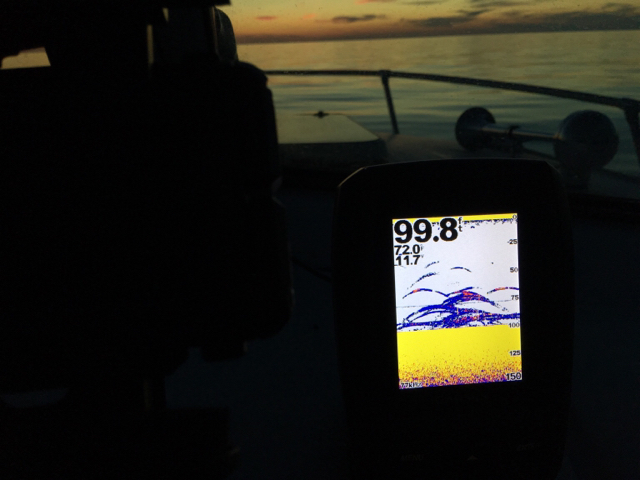-
Posts
13,865 -
Joined
-
Last visited
Everything posted by Sk8man
-
-
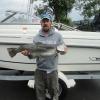
2 SPOOLS of WIRE DIPSY LINE
Sk8man replied to emtystringer's topic in Classifieds - Buy, Sell, Trade or Rent
-

2 Shimano Telora 8' roller rods like new
Sk8man replied to tomsteelie's topic in Classifieds - Buy, Sell, Trade or Rent
-
Garry - BazookaJoe gave you some really good advice for actually fishing and not just messing around with jerry rigged stuff hoping for something to "happen"
-

putting a flasher on the ball
Sk8man replied to Ohreelyfishing's topic in Questions About Trout & Salmon Trolling?
I think a better use of the flasher is to just run it short to the ball on your line so that they appear to be a "unit" and they see the spoon or fly as "related" to it rather than perhaps just coming to look at the ball commotion. -

outrigger question
Sk8man replied to Ohreelyfishing's topic in Questions About Trout & Salmon Trolling?
You know I have been using outriggers since 1979 both types on two different boats and everything that Mark has said rings true in my experience.....very good advice and valid stuff to think about. One other thing that comes to mind using Black releases on outriggers that might not occur to someone is that if you carefully set your release tension on them and don't loop the line around the arm and just let it flow over the arm you can easily adjust the amount of line out right at the reel (adjust the drag setting) without bringing anything in to do it. It is more difficult doing this (i.e. adjusting the tension to get it right) with dipseys than on say a single spoon or stick. -
-

outrigger question
Sk8man replied to Ohreelyfishing's topic in Questions About Trout & Salmon Trolling?
I've primarily run small divers on the outriggers with a 0-1 setting and never had any problems but one of the other considerations is underwater side current which could relate to what Rick's comment could be addressing too. I also mainly run my copper down the chute. -
-

outrigger question
Sk8man replied to Ohreelyfishing's topic in Questions About Trout & Salmon Trolling?
Skipper 19 has it right (as usual) . Hey Mark ...hope you're back in action out there as of today In addition to the positioning of the outriggers (e.g. distance above the water) an additional consideration running them is what are they made of because at least in my experience the aluminum type (I have both) seem a little better at running bigger dipseys as they are stiffer than the fiberglass ones and if running in rough water there is a lot of torque (and flexing of the fiberglass outriggers) so a really good set of well anchored holders is required. Heavier dipseys on the fiberglass models if located quite low on the gunwales can be pulled downward by the dipseys in rough water so that they may actually enter the water at the tips....again the torque can be tremendous so just something to think about. (Can you tell I may have been in that situation?) -
Yes but I believe that you can only transport 2 days catch legally.
-
Garry the Luhr Jensen trolling Speed Indicator is one of the first modern methods to judge relative boat speed. There were color band markings e.g. red, green, and yellow etc. on it but it was not possible to tell exact speed of the boat let alone relating to any thing going on at the ball which is a complicated relationship between specific weight, underwater currents, precisely what setup you are running on the rigger among other variables. We used to cut little slivers of black electrical tape and place them at the specific places on the band indicator markings as we caught fish. Pretty crude device but it worked. The angle of the downrigger is at best useful "guesstimator" of boat general speed but the relationship to what is going on down at the downrigger weight level is something very different and requires a different measurement device the two most commonly used today are the Fishawk and Smartroll and earlier the Moor Subtroll (special coated downrigger cable needed).
-
Just a suggestion but you might want to consider getting a plastic transducer mounting plate and use two screws to mount it on the starboard side (with good quality marine sealer in the screw holes and that way you can play with the positioning without drilling additional holes int he hull for starters. Hard to see in the pic because of the white on white but I think you can see what I'm talking about. The red arrows are the only screw holes drilled in the hull.
-
Just an initial questioo: Are you sure you have 200 FEET or Yards on the reels? Usually stuff like Power Pro braid comes in either 150 yards or 300 yd spools in most stores stocking it. Ff you have 200 YARDS (600 ft) it would be the bare minimum lengthwise for the 50 lb. braid for most applications. You could let out a maximum of 250-300 ft and still have the length of a football field for the fish to run (not a whole lot with a big king). You might want to consider using a 124 mm. Deeper Diver as it will get you down the maximum with the least amount of line out (larger and has a heavier weight on it). I'd go with a 30 lb leader with that setup (less likely for a big king to snap off that 30 and 50 combo) with a short mainline.
-
Good point about the non-chlorination. When using live bait I get the ice from the water filter section on the refrigerator and usually I stop at the lake and get lake water in my live well before I get my bait, and put some in a 5 gal pail as well and then add the bait to it and after dumping the bait in the live well I gradually add the ice so as not to shock them. (Luckily I live nearby a lake)
-

Sold / Closed 2012 Hewescraft ProV 200 hard top aluminum fishing boat 20'
Sk8man replied to wargar's topic in Boats for Sale
-
A lot of things are different now. Fewer fish present, water clarity and color changes etc. I don't think the fish are into "style changes" yet Sometimes I get a kick out of folks "matching" up colors and patterns as if to be "color coordinated". I know a reason is to make it appear that you have smaller ones trailing behind larger ones but I'm not sure even that is a valid rationale.....we tend to humanize things wherever possible in terms of our own preferences. It can be superstitious behavior too (I plead guilty) when something works we tend to keep using it but it may be just that it was close enough to that hungry fish at that point time and appeared "vulnerable"
-
Yeah I can see Kinger now....kicked back stogy in his mouth beer in his paw and sunglasses
-

Sandy 8/8
Sk8man replied to whaler1's topic in New York Fishing Reports - Lake Ontario (South Shore)
Yeah when I was a kid I caught one a little bigger than that in the Canandaigua Outlet outside of Phelps and I set it down in back of my house and I took my little sisters kids type broom and put it near its mouth and it snapped the thing in two. They are nothing to mess with whether in the water or on land


